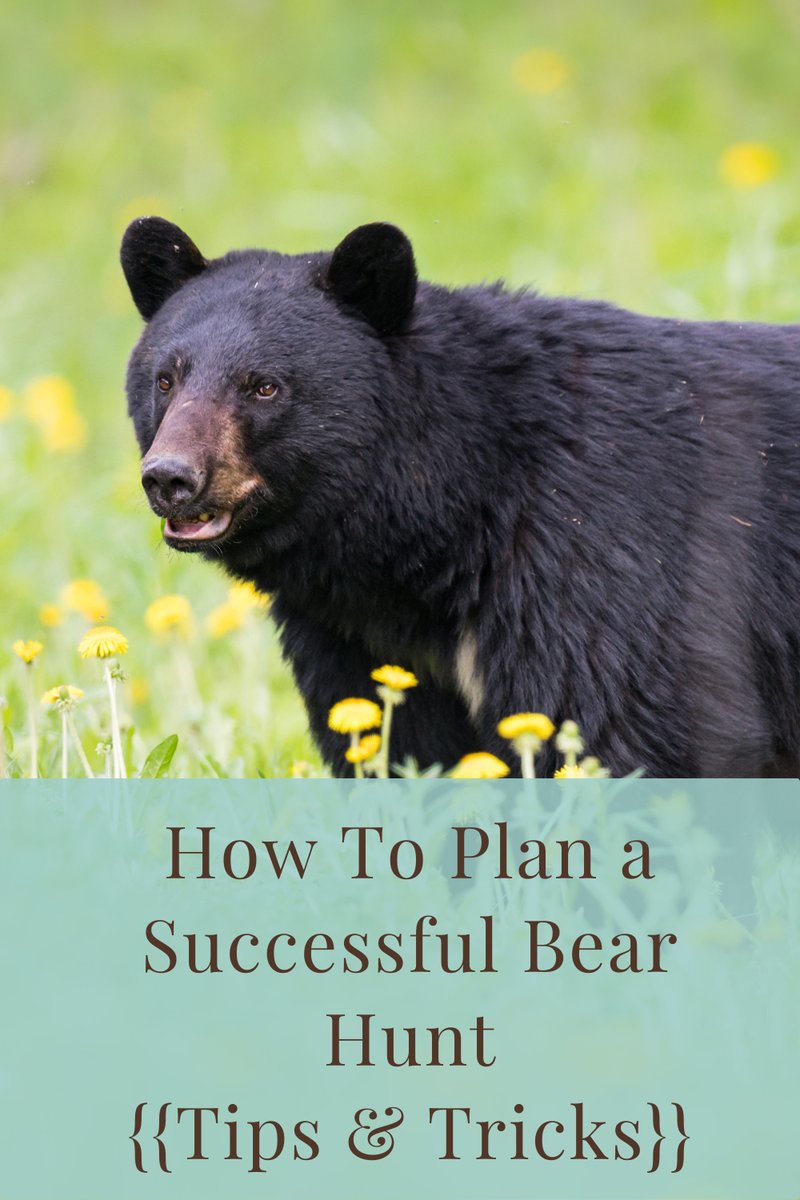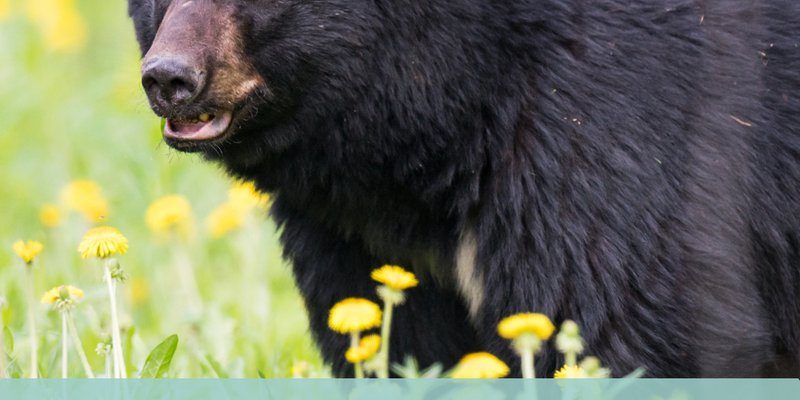
When we think about bears, we often picture them fishing for salmon or munching on berries. But their eating habits are much more complex than that! Different species of bears have different diets, and what they eat changes over time. This ability to adapt is what makes bears so interesting. So grab a cup of coffee, and let’s explore the diet and hunting strategies of these incredible animals.
Understanding the Bear’s Diet
Bears are generally classified as omnivores, and their diets vary widely based on the species and their environment. For instance, American black bears often munch on a mix of plants, berries, and insects. Meanwhile, grizzly bears have a broader range, including fish, small mammals, and human food if they find it!
Here’s a quick breakdown of what bears typically eat:
- Fruits and nuts: Berries, acorns, and other fruits provide essential sugars and fats.
- Protein sources: Fish, small mammals, and insects make up a significant part of their diet, especially during hunting season.
- Vegetation: Leaves, grass, and roots are common in a bear’s menu, particularly in spring.
You might be wondering how bears manage to eat all this food, especially when their diets change with the seasons. Bears have a remarkable ability to sense what’s available, and they adapt accordingly, which leads us to the next point.
Seasonal Variations in Diet
Bears are incredibly in tune with the seasons, and their diets shift dramatically throughout the year. In spring, when food is scarce, they rely on early green vegetation and stored fat from their bodies. As summer rolls in, the tables turn, and bears indulge in a variety of fruits and insects.
During this time, berry patches become a bear’s buffet. Think about it: a bear can eat thousands of berries in one sitting! They’ll also catch fish when salmon migrate upstream in late summer and fall.
As fall approaches, bears enter hyperphagia, a phase where they eat non-stop to stock up on fat before hibernation. It’s like prepping for a long winter break, where they focus on high-calorie foods, including nuts and salmon. This strategic weight gain is crucial for their survival during the cold months.
Bear Hunting Strategies
Hunting isn’t just about brute strength for bears; they employ different strategies depending on what they’re after. For example, when fishing for salmon, timing is key. Bears often position themselves at waterfalls or river bends where the fish struggle to jump, making it easier to catch their prey.
Here’s how bears typically hunt:
- Stalking: They move quietly through the woods, using their keen sense of smell to find food.
- Ambush: Bears often wait in a hidden spot near a food source, ready to pounce when an opportunity arises.
- Foraging: When it comes to fruits and nuts, they’ll roam large areas, using their powerful sense of smell to locate food.
Bears are not just powerful hunters; they’re also smart. They learn from experience, adapting their methods for hunting based on previous successes or failures.
Fishing Techniques of Bears
One of the most iconic images of bears is them fishing. But how do they do it? Their fishing techniques vary by species and environment. Let’s break down a few ways bears catch fish:
- Paw Swiping: Many bears use their massive paws to swipe fish from the water, relying on speed and power.
- Diving: Some bears will actually go into the water, using their strong legs to propel themselves after fish.
- Waiting Game: Others prefer to wait patiently at shallower parts of rivers or streams for fish to pass by.
It’s like a game of patience and precision, where the bear’s instincts and skills come into play. They use a combination of timing, location, and technique to maximize their catch and feed their growing bodies.
Adaptability in Diet and Hunting
One of the most impressive traits of bears is their adaptability. They can switch up their diets and hunting strategies based on what’s available and their current needs. For instance, urban bears have been known to scavenge garbage and human food, showing their resourcefulness.
This ability to adapt not only helps bears survive in various environments but also keeps them thriving in changing conditions. If their usual food sources become scarce due to climate change or habitat loss, bears will find alternative food sources, which is crucial for their survival.
However, this adaptability can sometimes lead to conflicts with humans. When bears venture into urban areas in search of food, it can create safety issues. Understanding this behavior can help us coexist better with these magnificent creatures.
In essence, the diet and hunting strategies of bears are a remarkable blend of instinct, intelligence, and adaptability. Whether it’s fishing for salmon or foraging for berries, these creatures demonstrate a natural wisdom that has allowed them to thrive in diverse habitats. Their role in the ecosystem is vital, reminding us of the beautiful balance of nature.
As we admire these magnificent animals, it’s essential to respect their space and understand their needs. By learning more about bears and their complex behaviors, you can appreciate their place in the wild even more. So, let’s raise our mugs to the bears, the ultimate opportunistic eaters and hunters!

